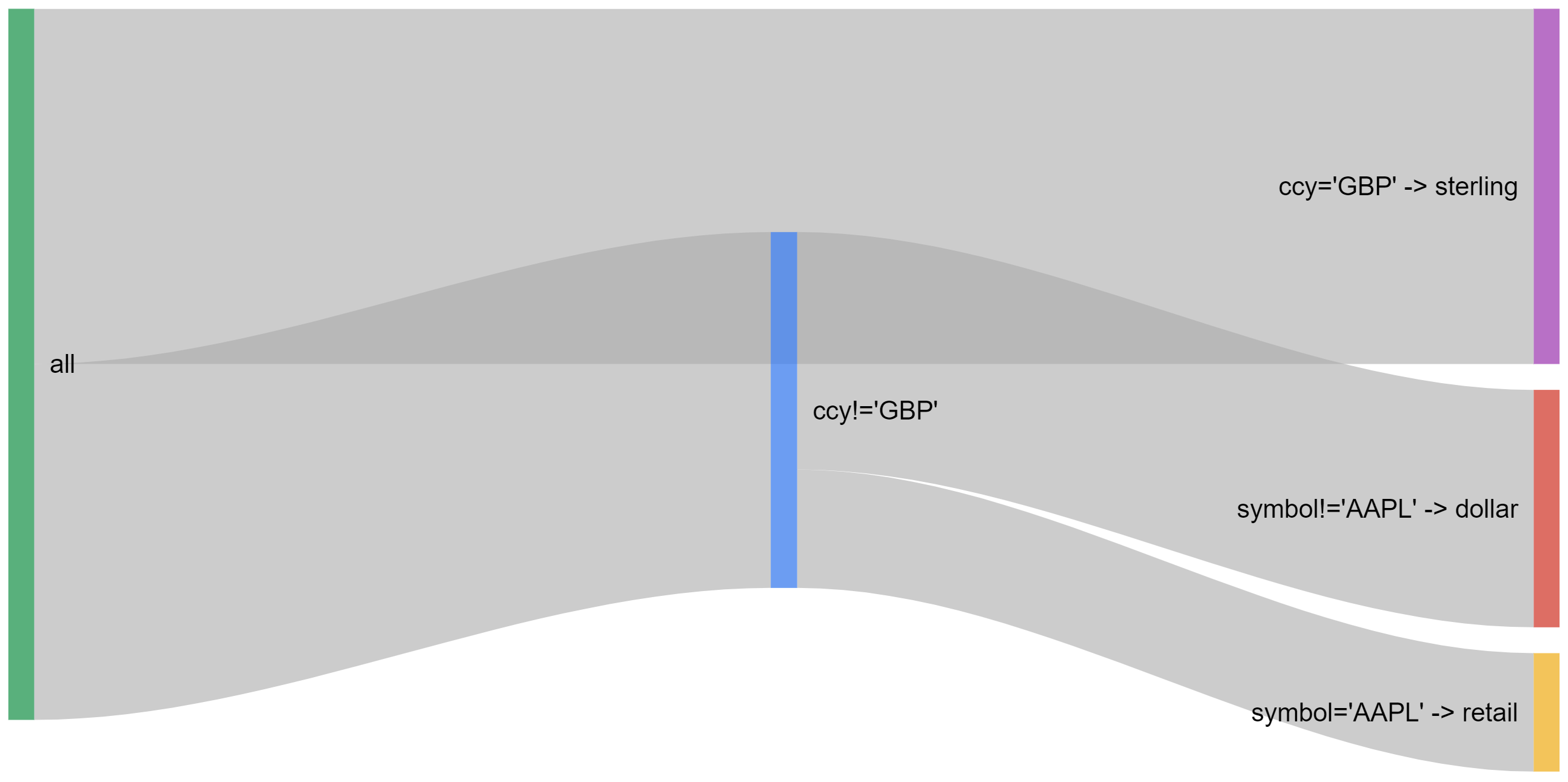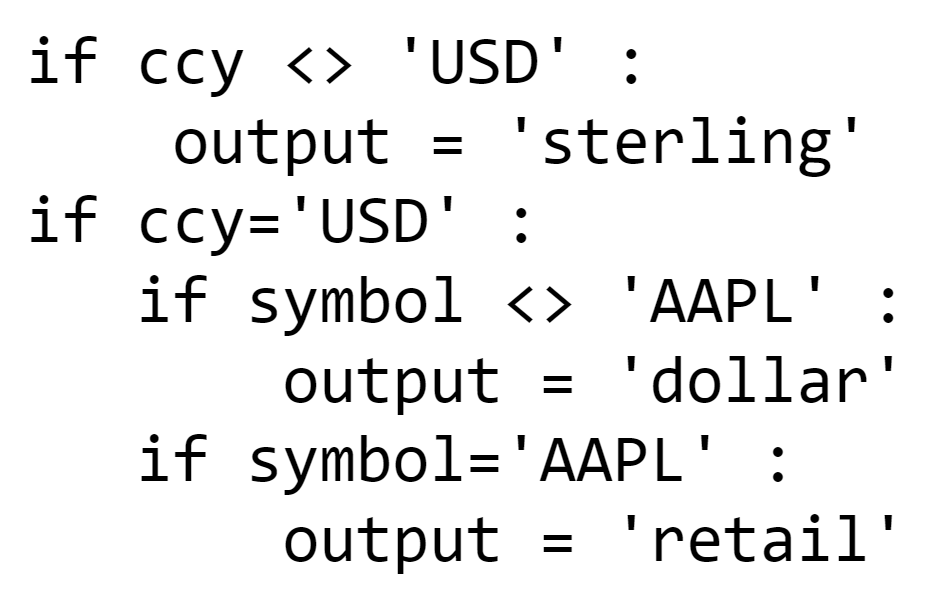The use of machine learning techniques to automate and drive efficiency in business processes is a huge area of focus currently. Matching and reconciliation are particularly ripe for usage of these techniques and tools — the boundary of automated workflows and human intervention.
Benefits include:
- Automation of process decisions - either hints or rule generation
- Insight and analysis of large and complex datasets, including changes over time
- Detection of low probability actions - including possible fraud alerting
Machine learning can be simply described as programming a computer by example. My go-to description of how it works and the future possibilities is Software 2.0 by Andrej Karpathy (currently teaching cars at Uber). While some problems can only be effectively solved via ML solutions, routine business processes lend themselves to significant efficiency gains.
In a typical rec process a pattern can be found in both the breaks occurring and the actions taken in response. This is a classic situation for applying machine learning (in particular, what’s known as Supervised Learning, ie leveraging human knowledge of past examples).
We are adding machine learning features across the product, and to illustrate one usage, a small example follows.
Example
We take a (very) small set of trades as our input, along with a column indicating which team is responsible (for break resolution or customer support, say). This team assignment may be based on any number of factors (and hence columns) in varying degrees - for this example let’s say it’s historical data from previous user inputs.
| symbol | ccy | qty | price | team |
|---|---|---|---|---|
| VOD | GBP | 1000 | 33 | sterling |
| MKS | GBP | 200 | 56 | sterling |
| ABDN | GBP | 3000 | 179 | sterling |
| AAPL | USD | 2000 | 33 | retail |
| TSLA | USD | 3000 | 45 | dollar |
| AMZN | USD | 4000 | 78 | dollar |
To illustrate one ML benefit, we can analyse the data and extract the patterns and rules that satisfy the above data.
We can start with simple charts showing the breakdown of outcomes and the driving factors.

This shows that the dominant factor driving team allocation is currency (the team names are a giveaway). For non-GBP trades, the symbol is then used to determine which team is to be assigned. While this example is trivial, the technique allows arbitrarily complex scenarios and rule-sets to be extracted with no prior knowledge or legacy system dependence.
The same breakdown can be shown in multiple formats, such as a sunburst chart:

or even by generating explicit rules, shown here in a python-like syntax:

For small sets of data such as this, the rules can be ambiguous (here both quantity and price are specific enough to generate accurate rules) - adding more data would hone the options and select the above rules more robustly.
We can build an analysis of your reconciliation requirements from your existing data to get benefits prior to adopting the full CloudSinc product.
Try yourself
We’ve put an interactive demo online allowing you to try using ML either on our sample data or your own. If you’d like access, please get in touch.

